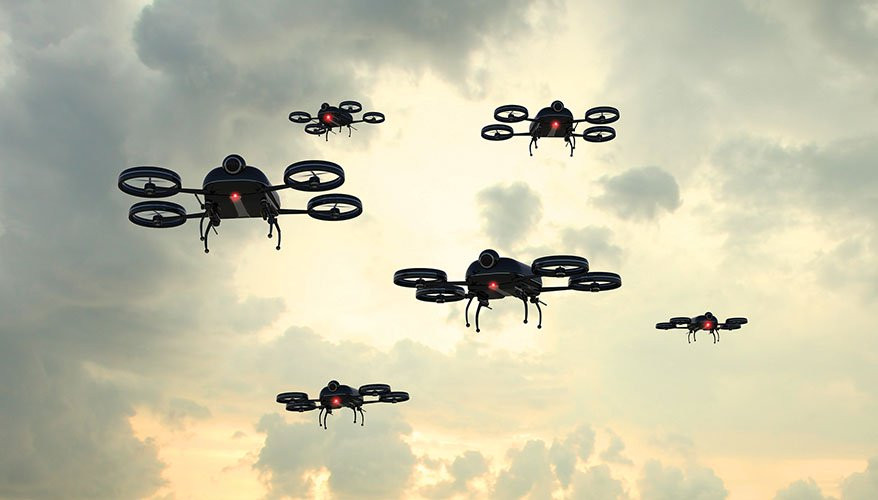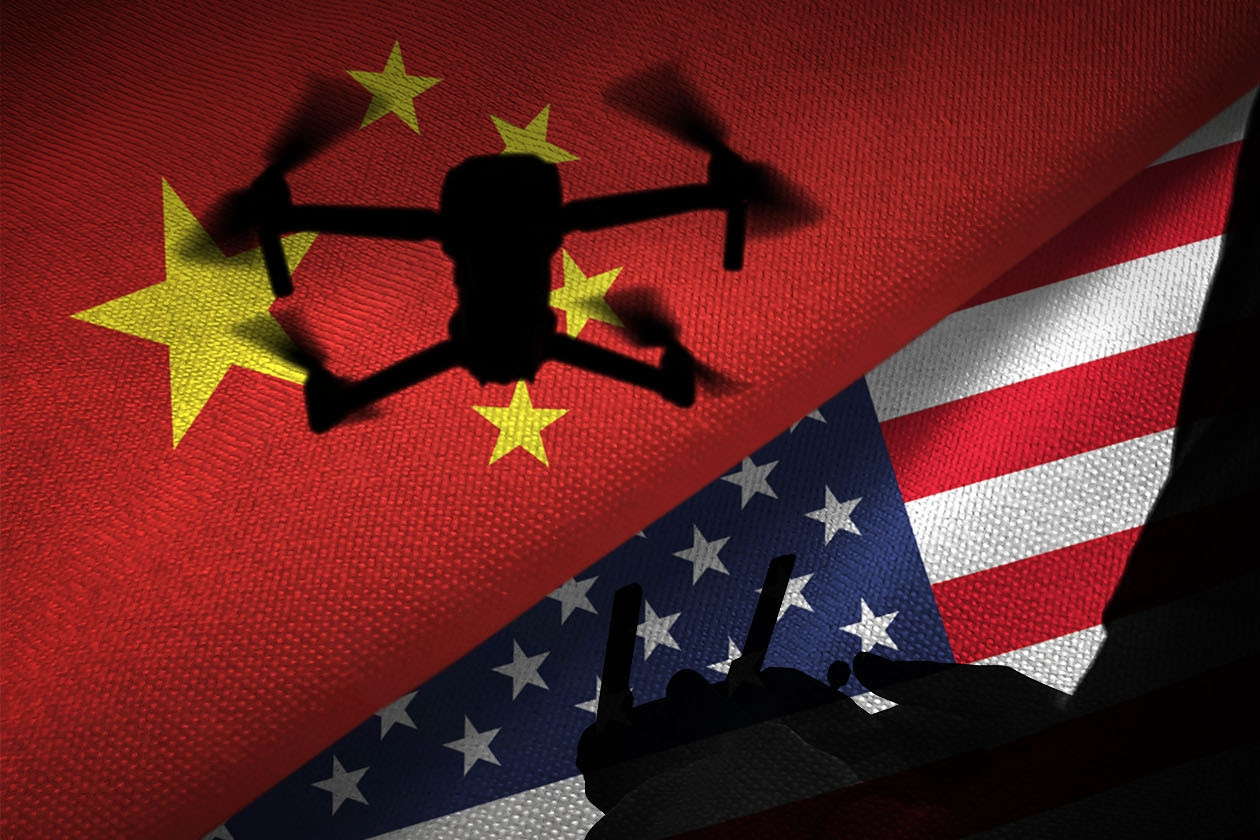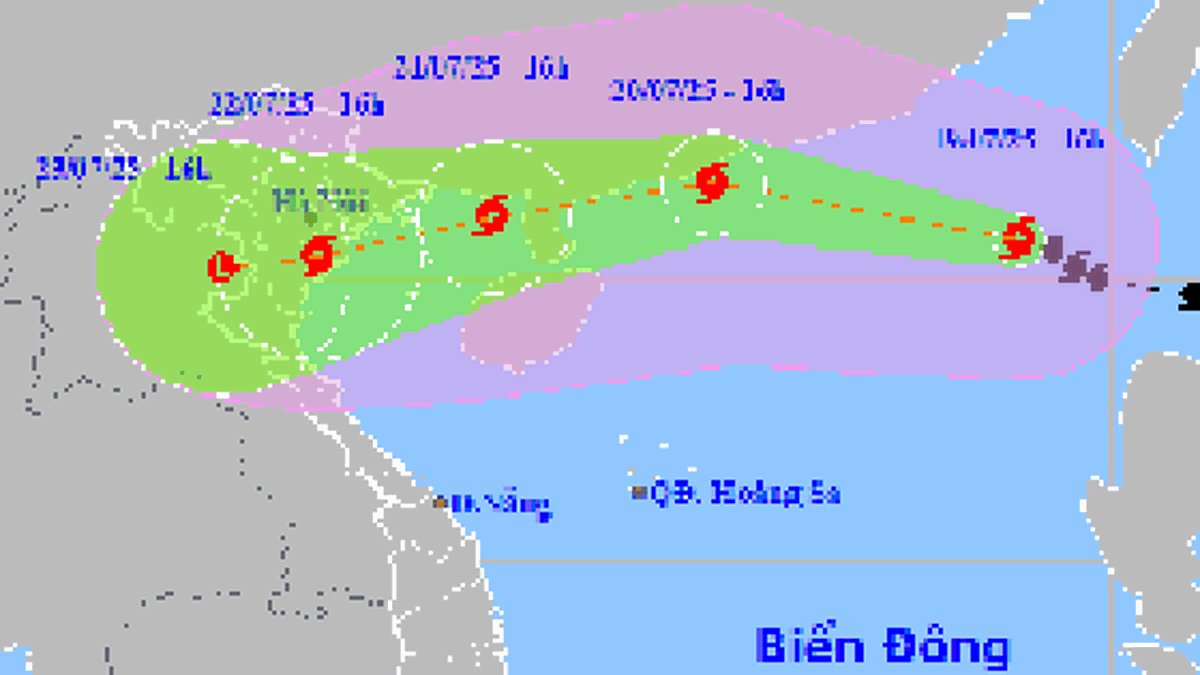Máy bay bị phát hiện khi chúng phản xạ các sóng từ các hệ thống radar. Tuy nhiên, áo choàng tàng hình được thiết kế để đánh lừa hệ thống bằng các siêu vật liệu (metamaterials), giúp bẻ cong các sóng xung quanh máy bay.
Mới đây, các nhà khoa học tại Đại học Chiết Giang (Trung Quốc) đã công bố công nghệ tàng hình đột phá có thể biến những chiếc máy bay và drone thành những vật thể vô hình với hệ thống radar.
Công nghệ này được gọi là "áo choàng tàng hình", có thể mở ra một kỷ nguyên mới trong chiến tranh hiện đại.
Máy bay và drone thường bị phát hiện bởi các sóng radar, khi chúng phản xạ tín hiệu từ các hệ thống radar của đối phương.
Tuy nhiên, công nghệ áo choàng tàng hình của Đại học Chiết Giang được thiết kế để đánh lừa các hệ thống radar, bằng cách sử dụng vật liệu đặc biệt.
Những vật liệu này có khả năng uốn cong sóng điện từ, khiến chúng đi qua máy bay hoặc drone mà không bị phản xạ lại.
Cảm biến AI tự thay đổi cấu trúc bề mặt né tránh radar
Trong suốt nhiều thập kỷ qua, các quân đội trên thế giới đã nghiên cứu các phương pháp làm cho máy bay chiến đấu trở nên khó phát hiện với radar.
Máy bay tàng hình như F-35, F-22 của Mỹ đã được trang bị lớp vỏ từ các vật liệu đặc biệt giúp hấp thụ sóng radar thay vì phản xạ chúng.

Tuy nhiên, công nghệ tàng hình hiện tại vẫn có những nhược điểm, đặc biệt là đối với các radar có tần số phức tạp. Các quốc gia như Nga và Trung Quốc đã phát triển các phương pháp radar có thể phát hiện máy bay tàng hình, khiến việc tàng hình trở nên kém hiệu quả.
Điều này thúc đẩy các nghiên cứu mới, với mục tiêu tạo ra sự vô hình thực sự cho các phương tiện quân sự. Vật liệu đặc biệt 3D mà các nhà khoa học Trung Quốc sử dụng có khả năng điều hướng sóng điện từ một cách hiệu quả, đảm bảo hoạt động trong mọi điều kiện môi trường, từ đất liền, biển cho đến trên không.
Một điểm đáng chú ý trong nghiên cứu của Đại học Chiết Giang là việc tích hợp trí tuệ nhân tạo (AI) vào công nghệ áo choàng tàng hình.
Các drone có thể sử dụng cảm biến để đo lường tần số và vận tốc góc của sóng radar. Sau đó, AI xử lý thông tin này và hướng dẫn drone điều khiển các cấu trúc nano trên bề mặt vật liệu để điều chỉnh sóng, giúp máy bay hoặc drone trở nên vô hình trong thời gian thực, mà không cần sự can thiệp của con người.
Các thử nghiệm trong môi trường mô phỏng đã chỉ ra rằng, cường độ điện trường của drone mang áo choàng tàng hình có thể đạt đến khoảng 90% so với môi trường xung quanh, tốt hơn rất nhiều so với những drone không được trang bị công nghệ này (chỉ đạt khoảng 45%).
Tiềm năng thay đổi chiến tranh hiện đại
Mặc dù công nghệ áo choàng tàng hình hiện tại chủ yếu được thiết kế cho drone, nhưng các chuyên gia quốc phòng cho rằng đây sẽ là bước đi quan trọng trong việc phát triển máy bay chiến đấu thế hệ mới.
Việc tàng hình drone, hoặc thậm chí là một đàn drone, sẽ mang lại lợi thế lớn trong các cuộc xung đột tiềm tàng.

Trung Quốc không phải là quốc gia duy nhất phát triển công nghệ tàng hình, nhưng với những đột phá gần đây trong nghiên cứu vật liệu mới và khả năng ứng dụng AI, họ đang tạo ra cuộc cách mạng trong lĩnh vực này.
Nếu thành công, công nghệ áo choàng tàng hình sẽ làm thay đổi hoàn toàn bộ cục diện chiến tranh hiện đại, đặc biệt là trong các cuộc xung đột có sự tham gia của drone và máy bay tàng hình.
Quân đội Mỹ đã đi đầu trong việc phát triển máy bay tàng hình. Vào những năm 1970, Bộ Quốc phòng Mỹ bắt đầu nghiên cứu công nghệ này, nhưng phải đến một cuộc họp báo của Lầu Năm Góc vào năm 1980, công nghệ mới được công bố rộng rãi.
Sau đó, chiếc máy bay tàng hình đầu tiên của Mỹ đã được đưa vào chiến đấu vào năm 1989.
Từ đó, các đối thủ của Mỹ (và thậm chí cả một số đồng minh) cũng bắt đầu phát triển các biện pháp đối phó để phát hiện và tiêu diệt phương tiện bay tàng hình.
Các biện pháp đối phó hiện nay có thể kể đến như radar với các dải tần số phức tạp hơn, có thể bắt được phổ tần rộng hơn. Hiện nay, Nga sử dụng các hệ thống radar hoạt động trên các dải tần số thấp, bao gồm radar Nebo-M.
Hệ thống này phát sóng dài, khiến máy bay tàng hình khó tránh được sóng radar. Ví dụ, máy bay tàng hình của Mỹ có thể bị radar Nebo-M phát hiện vì chúng được thiết kế để tránh các sóng radar có tần số ngắn.
Tuy nhiên, thách thức vẫn còn rất lớn. Các nhà khoa học vẫn đang tìm cách khắc phục những vấn đề liên quan đến điều khiển sóng radar từ một dải tần số rộng.
Dù vậy, với những tiến bộ nhanh chóng trong công nghệ, có thể trong vài năm tới, áo choàng tàng hình sẽ trở thành một phần quan trọng trong kho vũ khí của các cường quốc quân sự.

Nguồn: https://vietnamnet.vn/ao-choang-tang-hinh-giup-drone-ne-tranh-radar-len-den-90-2366573.html

































































































Comment (0)